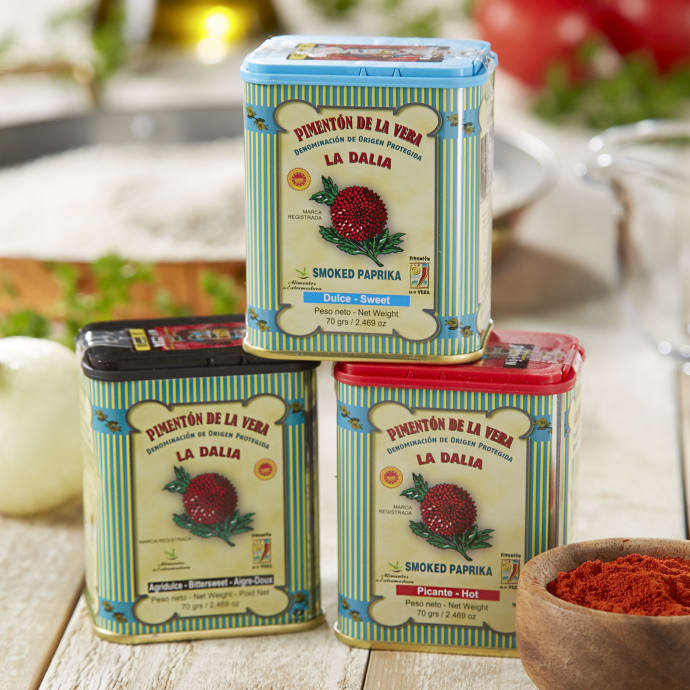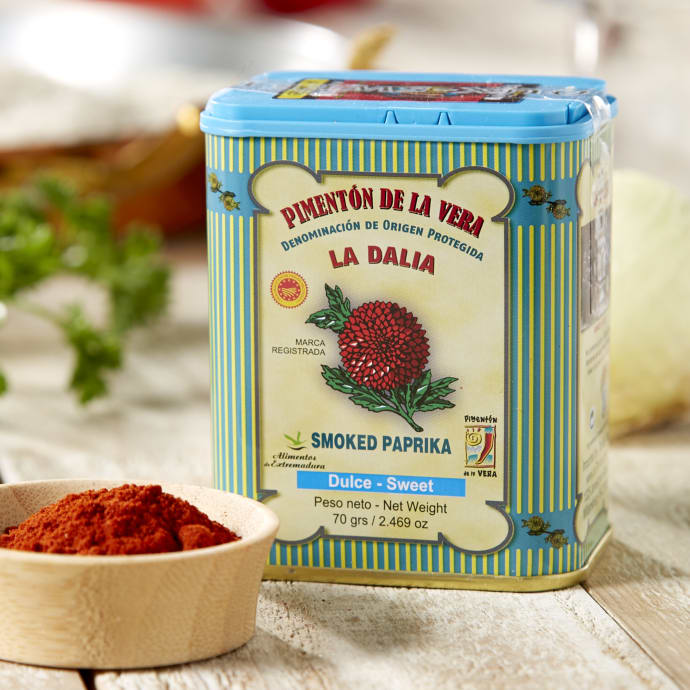If two decades of living in Spanish paprika country have taught me anything, it’s that the spice has far more potential than most people think.
By Paul Richardson
You probably think saffron would be the most important spice in the Spanish kitchen—but you'd be wrong: it's pimentón, smoked Spanish paprika.
Pimentón is close to my heart. For 23 years, I've farmed my own organic homestead in the remote western region of Extremadura, a two-hour drive from La Vera, the area that produces the world’s most prized pimentón. Around here—and, indeed, across Spain—the little tins of Pimentón de La Vera come decorated with colorful traditional designs, and are as ubiquitous in local kitchens as their contents are permanently in use.
Maybe you have some in your cupboard right now—Spain’s luxurious russet-red paprika. Taste a little on a fingertip: there’s a warmth and resonance there, an undertow of savory-sweetness from its origin as a late-summer red pepper, plus a mysterious, haunting hint of smoke.
Yet until a couple decades ago, few outside Spain knew what pimentón was, let alone how best to cook with it. And even now, though major brands like La Chinata and Santo Domingo are increasingly sold at supermarkets (and online at retailers like Despaña and La Tienda), I’d argue the spice remains somewhat misunderstood by non-Spanish cooks.
Read full article…





